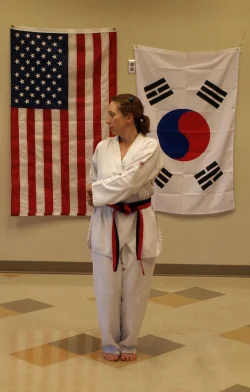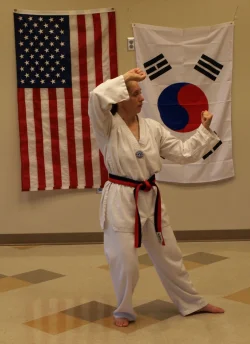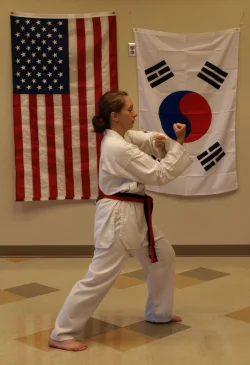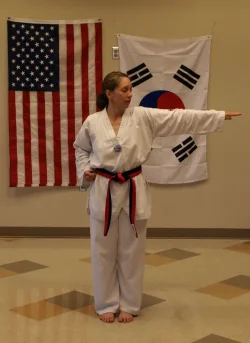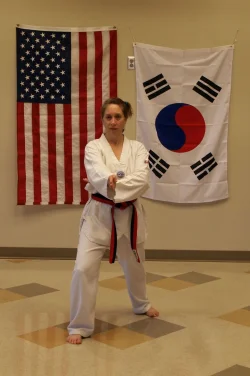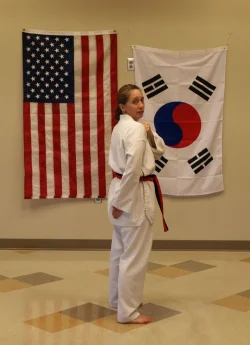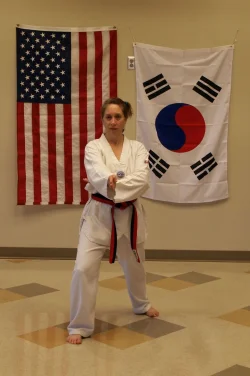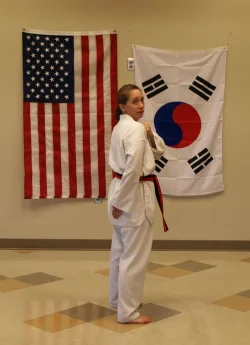skribs
Grandmaster
My understanding is that most TKD schools have an "informal" testing (instructors check if you're ready to test based on your abilities in class), and then the formal testing (sitting in front of a panel of judges while the Master issues commands to be followed). That which isn't covered in the formal testing is often covered by pre-screening during the informal testing period.
I know some schools will have you do a couple forms (most recent and one random from before), a few rounds of sparring, and break a board, and you're done.
My school when I was a kid would have you demonstrate techniques on command, such as going through all of the kicks, and then demonstrate all forms you have learned up to that point. Then a few rounds of sparring, board breaking, and done.
The other school I've been to as an adult had a significant amount of rote technique, including memorized punch and kick combinations and a bunch of self-defense. It was not cumulative, but often you would be doing the curriculum from the last test or two in addition to your latest stuff. There was a little bit of freestyling and there were a few rounds of sparring, but 90%+ of the test was rote material.
I've heard/read that other schools do physical fitness tests (i.e. distance running, number of pushups and situps), or they have written or oral examinations in addition to the technical and practical testing. There may also be forms and such that the students create and demonstrate, or situations the students are put in to demonstrate application of their techniques.
What would you say is the bare minimum that should be included in a formal belt test? Does this answer differ between white belt, intermediate belts, and black belt? (For example, if you think a white belt needs to just do their form and some basic techniques, but a black belt needs to demonstrate self-defense and pass an oral examination).
I know some schools will have you do a couple forms (most recent and one random from before), a few rounds of sparring, and break a board, and you're done.
My school when I was a kid would have you demonstrate techniques on command, such as going through all of the kicks, and then demonstrate all forms you have learned up to that point. Then a few rounds of sparring, board breaking, and done.
The other school I've been to as an adult had a significant amount of rote technique, including memorized punch and kick combinations and a bunch of self-defense. It was not cumulative, but often you would be doing the curriculum from the last test or two in addition to your latest stuff. There was a little bit of freestyling and there were a few rounds of sparring, but 90%+ of the test was rote material.
I've heard/read that other schools do physical fitness tests (i.e. distance running, number of pushups and situps), or they have written or oral examinations in addition to the technical and practical testing. There may also be forms and such that the students create and demonstrate, or situations the students are put in to demonstrate application of their techniques.
What would you say is the bare minimum that should be included in a formal belt test? Does this answer differ between white belt, intermediate belts, and black belt? (For example, if you think a white belt needs to just do their form and some basic techniques, but a black belt needs to demonstrate self-defense and pass an oral examination).

